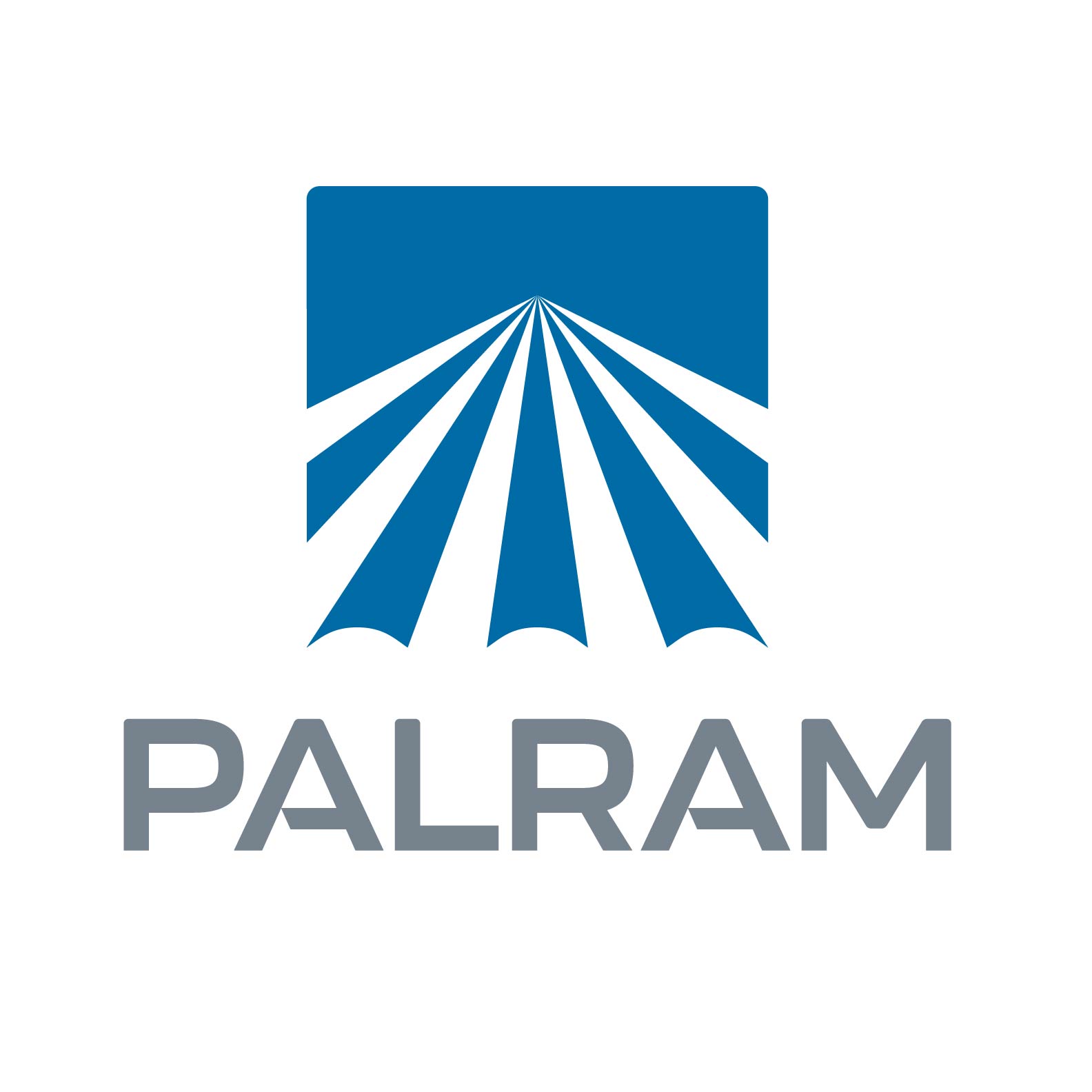In this course, you’ll learn about the 2021 International Building Code (IBC) changes related to tall wood construction, including three new building types that allow for wood buildings up to 18 stories and even taller using an Alternate Materials and Methods Requests (AMMR). Rigorous fire testing was conducted as part of these code changes to validate the safety of tall mass timber construction. Along with advancements in tall mass timber construction, the course explores design tactics and relevant code applications used to boost the density of light-frame wood construction.
Finally, this course will review the science related to wood’s embodied carbon and life cycle assessment in the context of curbing a building's impact on climate change, including a growing body of research demonstrating how building with timber represents an opportunity to increase the long-term storage of carbon in today’s built environment.









